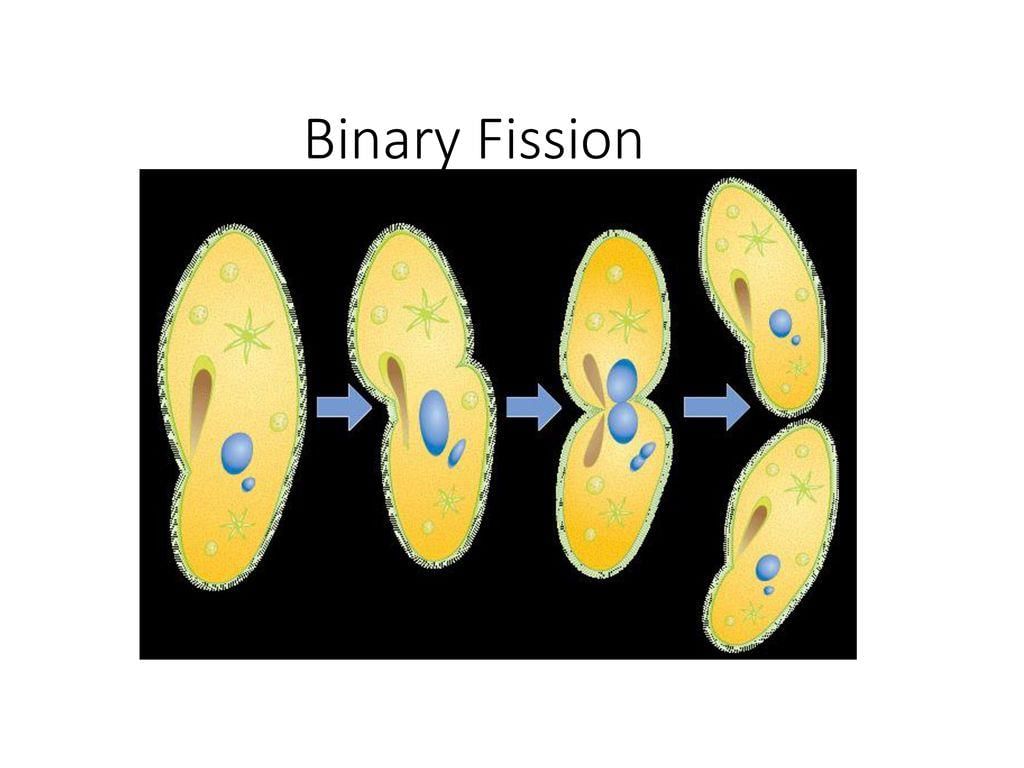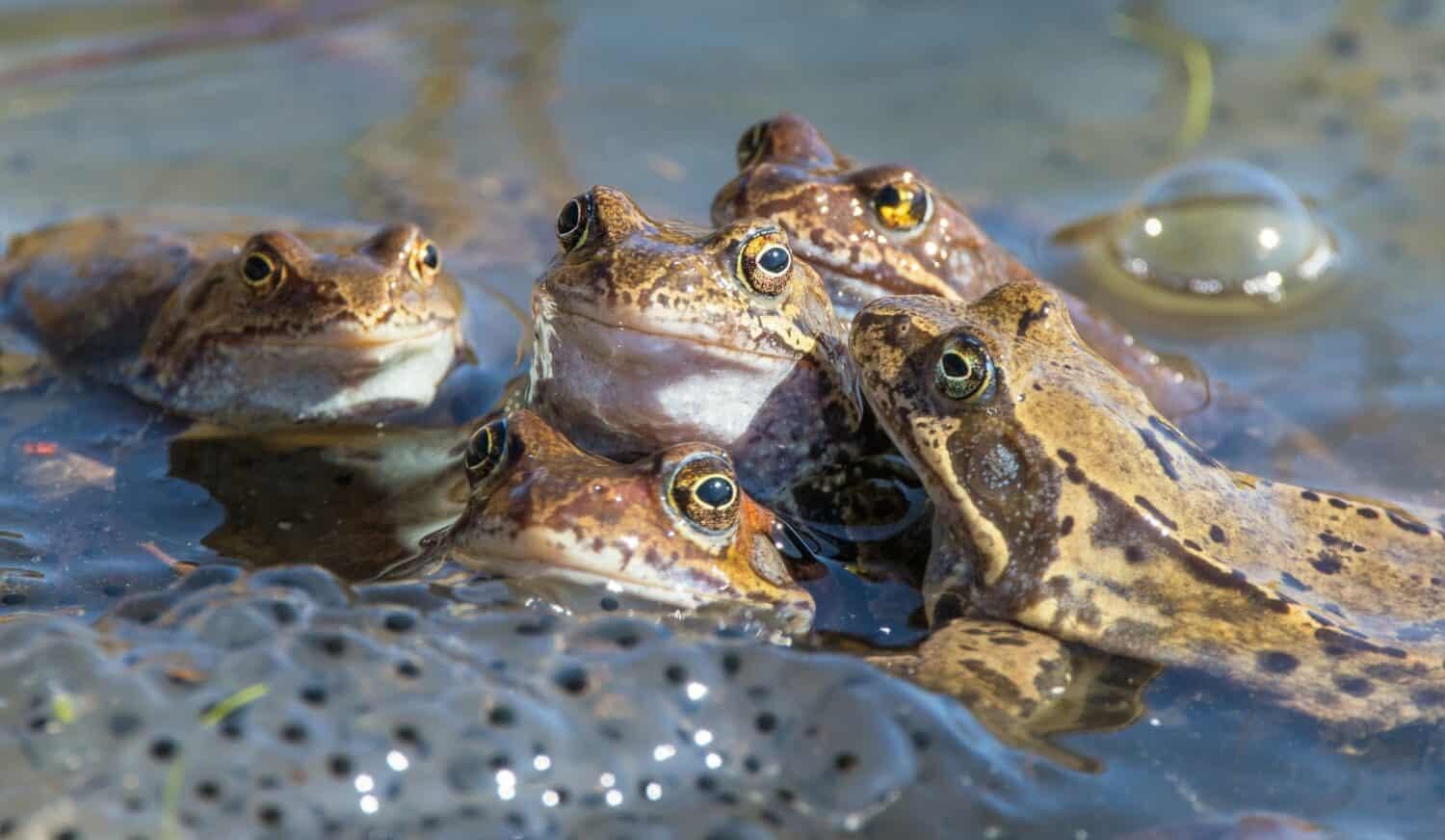Reproduction in Animals Class 8 Worksheet Science Chapter 6
| Table of contents |

|
| Multiple-Choice Questions (MCQs) |

|
| Fill-in-the-Blanks |

|
| True/False Statements |

|
| Very Short Answer Questions |

|
Multiple-Choice Questions (MCQs)
Q1: Which of the following structures produces sperm in the male reproductive system?
A. Testes
B. Uterus
C. Ovaries
D. Fallopian tubes
Q2: In which type of fertilisation does the fusion of gametes occur outside the female’s body?
A. Internal Fertilisation
B. External Fertilisation
C. Budding
D. Binary Fission
Q3: Which of the following animals is oviparous (lays eggs)?
A. Dog
B. Cat
C. Hen
D. Cow
Q4: The process by which a tadpole develops into an adult frog, involving major body changes, is called:
A. Fertilisation
B. Metamorphosis
C. Cloning
D. Budding
Q5: Dolly, the first cloned mammal, was genetically identical to:
A. The Scottish blackface ewe that carried her
B. The Finn Dorsett sheep from which the nucleus was taken
C. A random sheep in the flock
D. No other sheep—she was genetically unique
Fill-in-the-Blanks
Q1: The fusion of sperm and egg is known as ________________.
Q2: Animals like frogs undergo ____________fertilisation, where eggs are laid in water and sperm are released over them.
Q3: In humans, the embryo gets embedded in the wall of the ____________ for further development.
Q4: The stage of the embryo where all body parts can be identified is called the ____________.
Q5: The process by which an organism like Amoeba splits into two new Amoebae is called ________________.

True/False Statements
Q1: Asexual reproduction involves only one parent and does not require gametes.
Q2: Budding in Hydra requires two parents to produce a new individual.
Q3: Animals that give birth to young ones directly are called viviparous animals.
Q4: In human beings, the fertilised egg (zygote) develops outside the mother’s body.
Q5: A frog’s egg is protected by a layer of jelly instead of a hard shell.
Very Short Answer Questions
Q1: Name two animals which reproduce asexually.
Q2: Who cloned Dolly the sheep?
Q3: Why do fish and frogs lay eggs in hundreds?
Q4: What is ‘in vitro fertilization’ technique of reproduction?
Q5: Which type of reproduction does not involve gametes?
Q6: What are the reproductive organs in humans which produce the gametes?
Q7: Define asexual reproduction. Describe two methods of asexual reproduction in animals.
Q8: How does fertilization take place in frog?
Q9: Name the reproductive process which involves two parents.
Q10: What are the male gametes in humans called?
Q11: What is an embryo?
Q12: Describe the process of fertilization in human beings.
Q13: Why do fish and frogs lay eggs in hundreds?
Q14: What is the name given to the fusion of male and female gametes?
Q15: What type of asexual reproduction take place in amoeba?
You can find Worksheets Solutions here: Worksheet Solutions: Reproduction in Animals
|
90 videos|415 docs|44 tests
|
FAQs on Reproduction in Animals Class 8 Worksheet Science Chapter 6
| 1. What is reproduction in animals, and why is it important? |  |
| 2. What are the main types of reproduction in animals? |  |
| 3. Can you explain the process of sexual reproduction in animals? |  |
| 4. What is the difference between external and internal fertilization? |  |
| 5. How do different animals exhibit parental care after reproduction? |  |





















